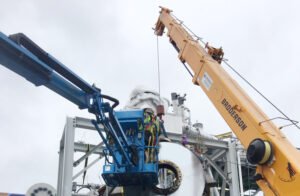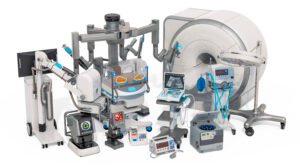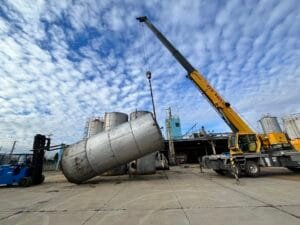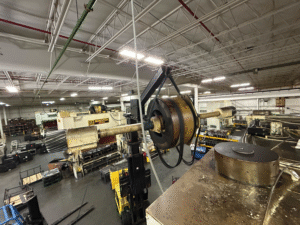In the world of rigging and crane services, the ability to handle heavy and irregular loads is a true mark of expertise. Complex lifts demand meticulous planning, advanced equipment, and a profound understanding of engineering principles. Whether it’s lifting massive machinery, unconventional structures, or irregularly shaped objects, mastering these intricate operations requires a combination of skill, innovation, and safety consciousness. In this article, we will explore strategies that rigging professionals employ to tackle heavy and irregular loads, ensuring successful and secure lifts.
Challenges of Rigging Heavy and Irregular Loads
Complex lifts come with a unique set of challenges that set them apart from routine operations. The weight and dimensions of the load, its shape, and the environment in which the lift occurs can significantly complicate the process. Irregular loads can have off-center centers of gravity, making stability a concern. Moreover, factors like wind, terrain, and spatial limitations add to the complexity, requiring rigging experts to think critically and creatively.
Analyzing Load Characteristics
Before attempting a complex lift, a thorough analysis of the load’s characteristics is imperative. This involves assessing the load’s weight, shape, dimensions, and center of gravity. As Marc Lainé, a veteran rigging professional, puts it: “Understanding the load is the first step in devising a safe and effective lifting plan. You need to know exactly what you’re dealing with.”
Engineering a Tailored Solution
Custom Rigging Configurations
Complex lifts often call for specialized rigging configurations. Off-the-shelf solutions may not suffice due to the unique nature of the load. Rigging professionals engineer custom solutions that cater to the load’s characteristics, ensuring even weight distribution and stability. This might involve using spreader bars, lifting beams, slings, and shackles in innovative ways to create a secure lifting arrangement.
Structural Analysis and Reinforcement
For irregular loads, structural analysis is vital. This step might involve consulting with structural engineers to determine load-bearing points and necessary reinforcements. David Turner, a structural engineer specializing in crane operations, emphasizes the importance of this stage: “We need to ensure that the load can withstand the lifting forces without compromising its integrity.”
Strategic Planning for Complex Lifts
Site Assessment and Preparation
A thorough site assessment is essential to identify potential obstacles and hazards. Factors such as ground stability, overhead obstructions, and accessibility play a role in determining the feasibility of the lift. During site preparation, the ground might need reinforcement to distribute the load’s weight effectively.
Lifting Plan Development
A detailed lifting plan is the backbone of any successful complex lift. This plan outlines the equipment needed, the rigging configuration, load attachment points, and the sequence of operations. Mark Harris, a seasoned crane operator, emphasizes: “A comprehensive lifting plan ensures everyone involved is on the same page, reducing the risk of misunderstandings during the operation.”
Safety Measures and Contingency Plans
Safety is paramount in complex lifts. Rigging professionals must implement safety measures, including proper signaling, clear communication, and emergency protocols. Contingency plans are also crucial. Murphy’s Law often applies in lifting operations, and having backup strategies in place can prevent accidents.
Precision Execution and Monitoring
Skilled Crane Operation
Complex lifts demand crane operators with a high level of skill and experience. Smooth coordination between the operator, signal person, and ground crew is essential. As crane operator Sarah Reynolds points out: “It’s not just about lifting; it’s about precision control. Every movement needs to be deliberate and calculated.”
Real-time Monitoring and Adjustments
During the lift, real-time monitoring is crucial. Load movement, weather changes, and unexpected variables might necessitate adjustments to the lifting plan. Advanced technologies, such as load monitoring systems and telemetry, provide valuable data for making informed decisions on the spot.
Conclusion
Mastering complex lifts in the rigging and crane services industry requires a fusion of technical expertise, meticulous planning, and an unwavering commitment to safety. Rigging professionals are not just lifting heavy loads; they are orchestrating intricate maneuvers that demand innovation and precision. By understanding load characteristics, engineering tailored solutions, and executing well-thought-out plans, these experts ensure that heavy and irregular loads are lifted securely and efficiently, contributing to the success of diverse industries. As technology and techniques continue to evolve, the rigging and crane services industry will undoubtedly find even more effective ways to conquer the challenges of complex lifts while upholding safety as a top priority.



















